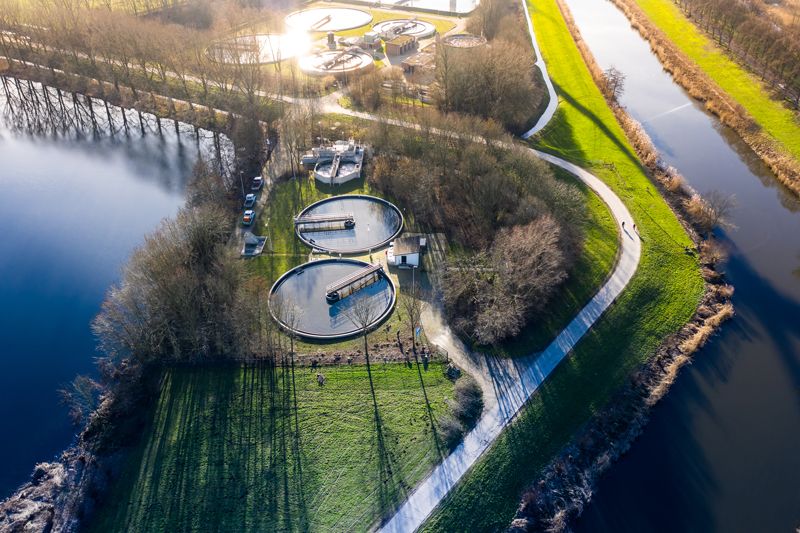Wastewater testing could be used as an early-warning sign if the virus returns. Scientists have found traces of the coronavirus in several wastewater treatment plants in the Netherlands.
NOTE: this is a summary of research done by my alma mater,
the Swiss Federal Institute of Technology
3 April 2020 (Brussel, Belgium) – More than a dozen research groups worldwide have started analysing wastewater for the new coronavirus as a way to estimate the total number of infections in a community, given that most people will not be tested. The method could also be used to detect the coronavirus if it returns to communities, say scientists. So far, researchers have found traces of the virus in the Netherlands, the United States and Sweden.
Analysing wastewater — used water that goes through the drainage system to a treatment facility — is one way that researchers can track infectious diseases that are excreted in urine or faeces, such as SARS-CoV-2.
One treatment plant can capture wastewater from more than one million people, according to the KWR Water Research Institute in Nieuwegein, the Netherlands. Monitoring effluent at this scale could provide better estimates for how widespread the coronavirus is than testing, because wastewater surveillance can account for those who have not been tested and have only mild or no symptoms. They have detected SARS-CoV-2 genetic material — viral RNA — in several treatment plants in the Netherlands. Health authorities are only seeing the tip of the iceberg.
But to quantify the scale of infection in a population from wastewater samples, researchers say the groups will need to find out how much viral RNA is excreted in faeces, and extrapolate the number of infected people in a population from concentrations of viral RNA in wastewater samples.
Researchers will also need to ensure that they are looking at a representative sample of what is being excreted by the population and not just one snapshot in time, and that their tests can detect the virus at low levels, say scientists representing the Queensland Alliance for Environmental Health Sciences in Australia, a research centre that advises the state government on environmental-health risks. And it’s important that wastewater surveillance, should it be feasible, does not take away resources from the testing of individuals, the group says.
Some efforts to monitor the virus have been stalled by university and laboratory shut-downs and the limited availability of reagents to conduct tests — the same ones used in clinics, which are already in short supply.
Early warning sign
Infection-control measures, such as social distancing, will probably suppress the current pandemic, but the virus could return once such measures are lifted. Routine wastewater surveillance could be used as a non-invasive early-warning tool to alert communities to new COVID-19 infections, quoting Ana Maria de Roda Husman, an infectious-disease researcher at the Netherlands National Institute for Public Health and the Environment in Bilthoven. The institute has previously monitored sewage to detect outbreaks of norovirus, antibiotic-resistant bacteria, poliovirus and measles.
